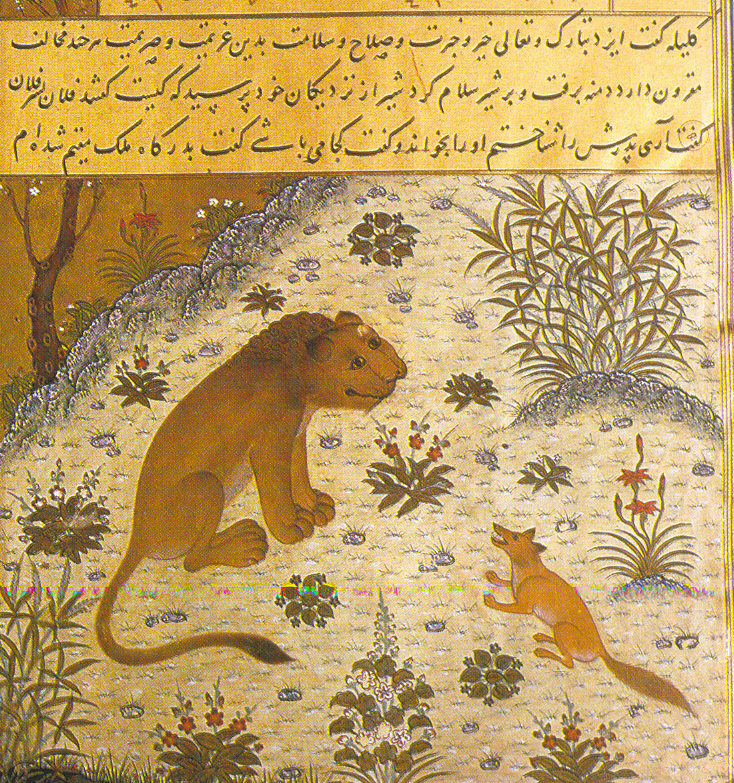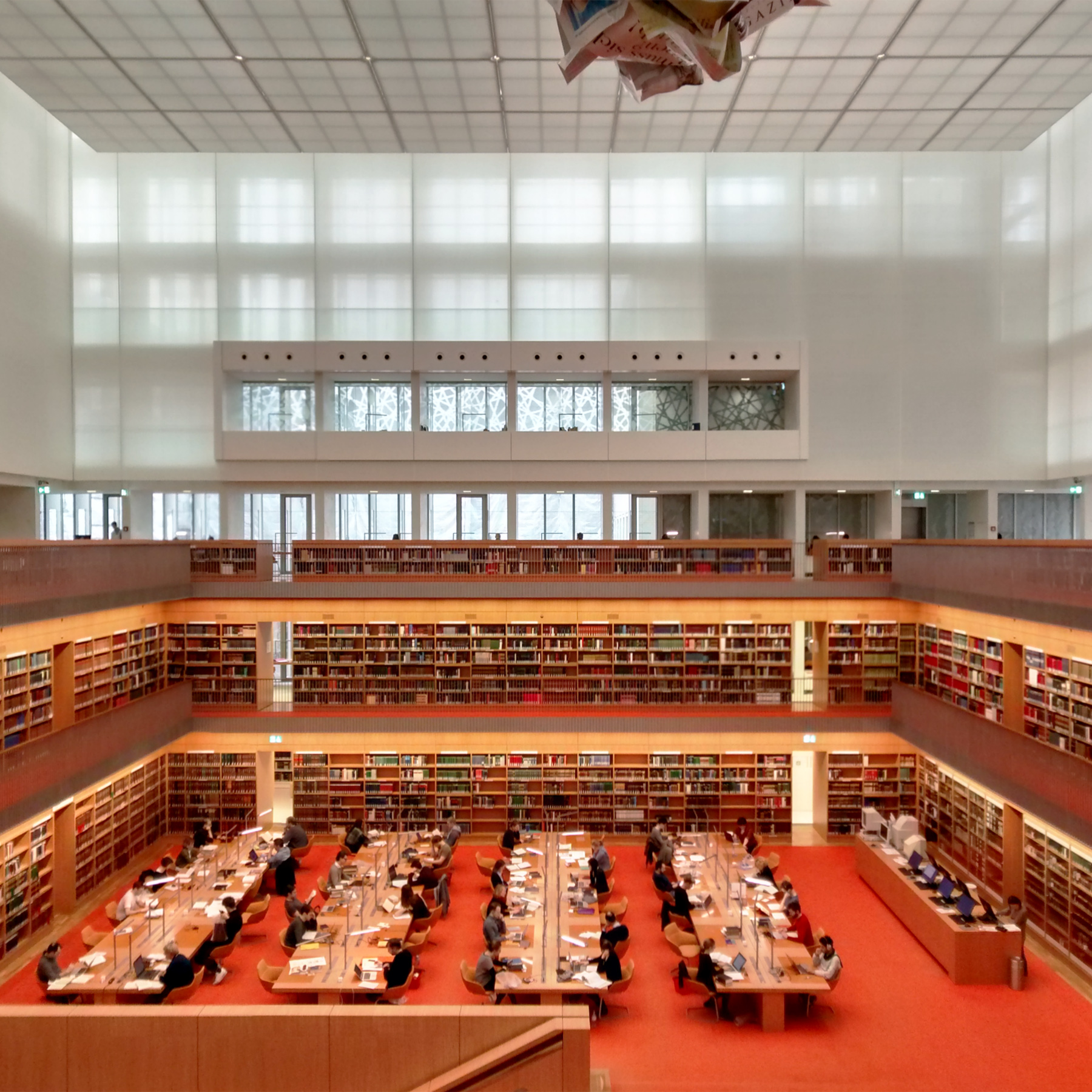|
Lubab Ul-Albab
''Lubab ul-Albab'' (, variously translated as "Quintessence of Hearts", "The best selection", or "The select of the select") is a renowned anthology written by Muhammad Aufi in eastern Persia. It was reportedly completed in 1221. It is considered as the oldest extant biographical work in Persian literature and the most important collection of biographies of Persian poets. It is essentially a history of literature, or more accurately, a collection of biographies of poets written in a highly ornate style. Although Aufi was not a distinguished stylist, the significance of both the ''Lubab ul-Albab'' and the '' Jawami ul-Hikayat'' lies in their practical value.''The Cambridge History of Iran'', Ed. J. A. Boyle, (Cambridge University Press, 1968), 616. This book includes 27 biographies of the poets who lived in the same era. It serves as a key resource for studying the poetry of the Seljuq period. Aufi begins by acknowledging the contributions of royal figures who wrote poetry, li ... [...More Info...] [...Related Items...] OR: [Wikipedia] [Google] [Baidu] |
Anthology
In book publishing, an anthology is a collection of literary works chosen by the compiler; it may be a collection of plays, poems, short stories, songs, or related fiction/non-fiction excerpts by different authors. There are also thematic and genre-based anthologies.Chris Baldrick''The Oxford Dictionary of Literary Terms'' 3rd. ed (2008) Complete collections of works are often called " complete works" or "" (Latin equivalent). Etymology The word entered the English language in the 17th century, from the Greek word, ἀνθολογία (''anthologic'', literally "a collection of blossoms", from , ''ánthos'', flower), a reference to one of the earliest known anthologies, the ''Garland'' (, ''stéphanos''), the introduction to which compares each of its anthologized poets to a flower. That ''Garland'' by Meléagros of Gadara formed the kernel for what has become known as the Greek Anthology. '' Florilegium'', a Latin derivative for a collection of flowers, was used in mediev ... [...More Info...] [...Related Items...] OR: [Wikipedia] [Google] [Baidu] |
Muhammad Aufi
Sadīd ud-Dīn Muhammad Ibn Muhammad 'Aufī Bukhārī (; ), also known under the laqab Nour ud-Dīn, was a Persian historian, philologist, and author. Biography Born in Bukhara, Aufi claimed descent from Abd al-Raḥmān ibn ʿAwf (d. 654) a companion of the Islamic prophet Muhammad. He grew up during the apex of the Islamic Golden Age and spent many years traveling, exploring, and lecturing to the common folk and the royalty alike in Delhi, Khorasan, Khwarezm, Samarkand, Merv, Nishapur, Sistan and Ghaznin. Apparently Aufi was for some time in the service of the Qarakhanid Uthman ibn Ibrahim who placed him in charge of his correspondence (dīvān-e ensha). Aufi left Samarkand before 1204. Later he spent most of his time at the court of the Ghurids. He dedicated his first grand work '' Lubab ul-Albab'', which consisted of poems by kings and poets of ancient times, to Amir Nāsiruddīn Qobājeh (ناصرالدین قباجه) (d. 1227), who was then ruler of Multan. His se ... [...More Info...] [...Related Items...] OR: [Wikipedia] [Google] [Baidu] |
Persia
Iran, officially the Islamic Republic of Iran (IRI) and also known as Persia, is a country in West Asia. It borders Iraq to the west, Turkey, Azerbaijan, and Armenia to the northwest, the Caspian Sea to the north, Turkmenistan to the northeast, Afghanistan to the east, Pakistan to the southeast, and the Gulf of Oman and the Persian Gulf to the south. With a Ethnicities in Iran, multi-ethnic population of over 92 million in an area of , Iran ranks 17th globally in both List of countries and dependencies by area, geographic size and List of countries and dependencies by population, population. It is the List of Asian countries by area, sixth-largest country entirely in Asia and one of the world's List of mountains in Iran, most mountainous countries. Officially an Islamic republic, Iran is divided into Regions of Iran, five regions with Provinces of Iran, 31 provinces. Tehran is the nation's Capital city, capital, List of cities in Iran by province, largest city and financial ... [...More Info...] [...Related Items...] OR: [Wikipedia] [Google] [Baidu] |
Persian Literature
Persian literature comprises oral compositions and written texts in the Persian language and is one of the world's oldest literatures. It spans over two-and-a-half millennia. Its sources have been within Greater Iran including present-day Iran, Iraq, Afghanistan, Pakistan, the Caucasus, and Turkey, regions of Central Asia (such as Tajikistan), South Asia and the Balkans where the Persian language has historically been either the native or official language. For example, Rumi, one of the best-loved Persian poets, born in Balkh (in modern-day Afghanistan) or Wakhsh (in modern-day Tajikistan), wrote in Persian and lived in Konya (in modern-day Turkey), at that time the capital of the Seljuks in Anatolia. The Ghaznavids conquered large territories in Central and South Asia and adopted Persian as their court language. There is thus Persian literature from Iran, Mesopotamia, Azerbaijan, the wider Caucasus, Turkey, Pakistan, Bangladesh, India, Tajikistan and other parts of Cent ... [...More Info...] [...Related Items...] OR: [Wikipedia] [Google] [Baidu] |
Jawami Ul-Hikayat
''Jawāmi ul-Hikāyāt wa Lawāmi' ul-Riwāyāt'' ("Collections of Stories and Illustrations of Histories", commonly known by the shorter title, ''Jawāmi ul-Hikāyāt'', also transcribed ''Djami al-Hikayat'' and ''Jami al-Hikayat'') (جوامع الحکایات و لوامع الروایات) is a famous collection of Persian anecdotes written in the early 13th century. It was written by Zahiriddin Nasr Muhammad Aufi, who lived during the reign of Shamsuddin Iltutmish (Altamash) (r. 1211–1236) the third Muslim Turkic sultan of the Sultanate of Delhi, and the book is dedicated to his minister, Nizam al-Mulk Muhammad, son of Abu Sa'id Junaidi. The book was an encyclopaedia of anecdotage containing mines of interesting information, namely on historical information often not found elsewhere, from mythical times until the end of the rule of the Abbasid Caliph Al-Mustansir. The entire text of this 2,500 page book is yet to be edited and printed. Currently, only abridged volumes ha ... [...More Info...] [...Related Items...] OR: [Wikipedia] [Google] [Baidu] |
Seljuq Empire
The Seljuk Empire, or the Great Seljuk Empire, was a High Middle Ages, high medieval, culturally Turco-Persian tradition, Turco-Persian, Sunni Islam, Sunni Muslim empire, established and ruled by the Qiniq (tribe), Qïnïq branch of Oghuz Turks. The empire spanned a total area of from Anatolia and the Levant in the west to the Hindu Kush in the east, and from Central Asia in the north to the Persian Gulf in the south, and it spanned the time period 1037–1308, though Seljuk rule beyond the Anatolian peninsula ended in 1194. The Seljuk Empire was founded in 1037 by Tughril (990–1063) and his brother Chaghri Beg, Chaghri (989–1060), both of whom co-ruled over its territories; there are indications that the Seljuk leadership otherwise functioned as a triumvirate and thus included Seljuk dynasty, Musa Yabghu, the uncle of the aforementioned two. During the formative phase of the empire, the Seljuks first advanced from their original homelands near the Aral Sea into Greater Kho ... [...More Info...] [...Related Items...] OR: [Wikipedia] [Google] [Baidu] |
Vizier
A vizier (; ; ) is a high-ranking political advisor or Minister (government), minister in the Near East. The Abbasids, Abbasid caliphs gave the title ''wazir'' to a minister formerly called ''katib'' (secretary), who was at first merely a helper but afterwards became the representative and successor of the ''dapir'' (official scribe or secretary) of the Sasanian Empire, Sassanian kings. In modern usage, the term has been used for government Minister (government), ministers in much of the Middle East and beyond. Several alternative spellings are used in English, such as ''vizir'', ''wazir'', and ''vezir''. Etymology Vizier may be derived from the Arabic ''wazara'' (), from the Semitic root ''W-Z-R''. The word is mentioned in the Quran, where Aaron is described as the ''wazir'' (helper) of Moses, as well as the word ''wizr'' (burden) which is also derived from the same root. It was later adopted as a title, in the form of ''wazīr āl Muḥammad'' () by the proto-Shi'a leaders ... [...More Info...] [...Related Items...] OR: [Wikipedia] [Google] [Baidu] |
Ulama
In Islam, the ''ulama'' ( ; also spelled ''ulema''; ; singular ; feminine singular , plural ) are scholars of Islamic doctrine and law. They are considered the guardians, transmitters, and interpreters of religious knowledge in Islam. "Ulama" may refer broadly to the educated class of such religious scholars, including Theology, theologians, Religious law, canon lawyers (muftis), judges (qadis), professors, and high state religious officials. Alternatively, "ulama" may refer specifically to those holding governmental positions in an Islamic state. By longstanding tradition, ulama are educated in religious institutions (''madrasas''). The Quran and sunnah (authentic hadith) are the scriptural sources of Sharia, traditional Islamic law. Traditional way of education Students of Islamic doctrine do not seek out a specific educational institution, but rather seek to join renowned teachers. By tradition, a scholar who has completed their studies is approved by their teacher. At ... [...More Info...] [...Related Items...] OR: [Wikipedia] [Google] [Baidu] |
Berlin State Library
The Berlin State Library (; officially abbreviated as ''SBB'', colloquially ''Stabi'') is a universal library in Berlin, Germany, and a property of the German public cultural organization the Prussian Cultural Heritage Foundation (). Founded in 1661, it is among the List of largest libraries, largest libraries in Europe, and one of the most important academic research libraries in the German-speaking world. It collects texts, media and cultural works from all fields across many languages, from all time periods and all countries of the world, and offer them for academic and research purposes. Prominent items in its collection include the oldest biblical illustrations in the fifth-century Quedlinburg Itala fragment, a Gutenberg Bible, the main autograph collection of Johann Wolfgang von Goethe, Goethe, the world's largest collection of Johann Sebastian Bach's and Wolfgang Amadeus Mozart's manuscripts, and the original score of Ludwig van Beethoven's Symphony No. 9 (Beethoven), Sym ... [...More Info...] [...Related Items...] OR: [Wikipedia] [Google] [Baidu] |
Archive
An archive is an accumulation of historical records or materials, in any medium, or the physical facility in which they are located. Archives contain primary source documents that have accumulated over the course of an individual or organization's lifetime, and are kept to show the history and function of that person or organization. Professional archivists and historians generally understand archives to be records that have been naturally and necessarily generated as a product of regular legal, commercial, administrative, or social activities. They have been metaphorically defined as "the secretions of an organism", and are distinguished from documents that have been consciously written or created to communicate a particular message to posterity. In general, archives consist of records that have been selected for permanent or long-term preservation on the grounds of their enduring cultural, historical, or evidentiary value. Archival records are normally unpublished and a ... [...More Info...] [...Related Items...] OR: [Wikipedia] [Google] [Baidu] |
Edward Granville Browne
Edward Granville Browne FBA (7 February 1862 – 5 January 1926) was a British Iranologist. He published numerous articles and books, mainly in the areas of history and literature. Life Browne was born in Stouts Hill, Uley, Gloucestershire, England, the son of civil engineer Sir Benjamin Chapman Browne and his wife, Annie. He was educated at Trinity College, Glenalmond, Burnside's School in Berkshire, Eton College, and the Newcastle College of Physical Science. He then read natural sciences at Pembroke College, Cambridge. He also studied Arabic with Edward Henry Palmer and William Wright, Persian with Edward Byles Cowell, and Turkish with Sir James Redhouse, motivated by an interest in the Turkish people. After graduating in 1882 he travelled to Constantinople. Browne then spent a further two years at University of Cambridge studying the languages of India (defined then as Hindustani, Sanskrit, Persian, and Arabic) and also gained an M.B. in London. In 1887 he was ... [...More Info...] [...Related Items...] OR: [Wikipedia] [Google] [Baidu] |





